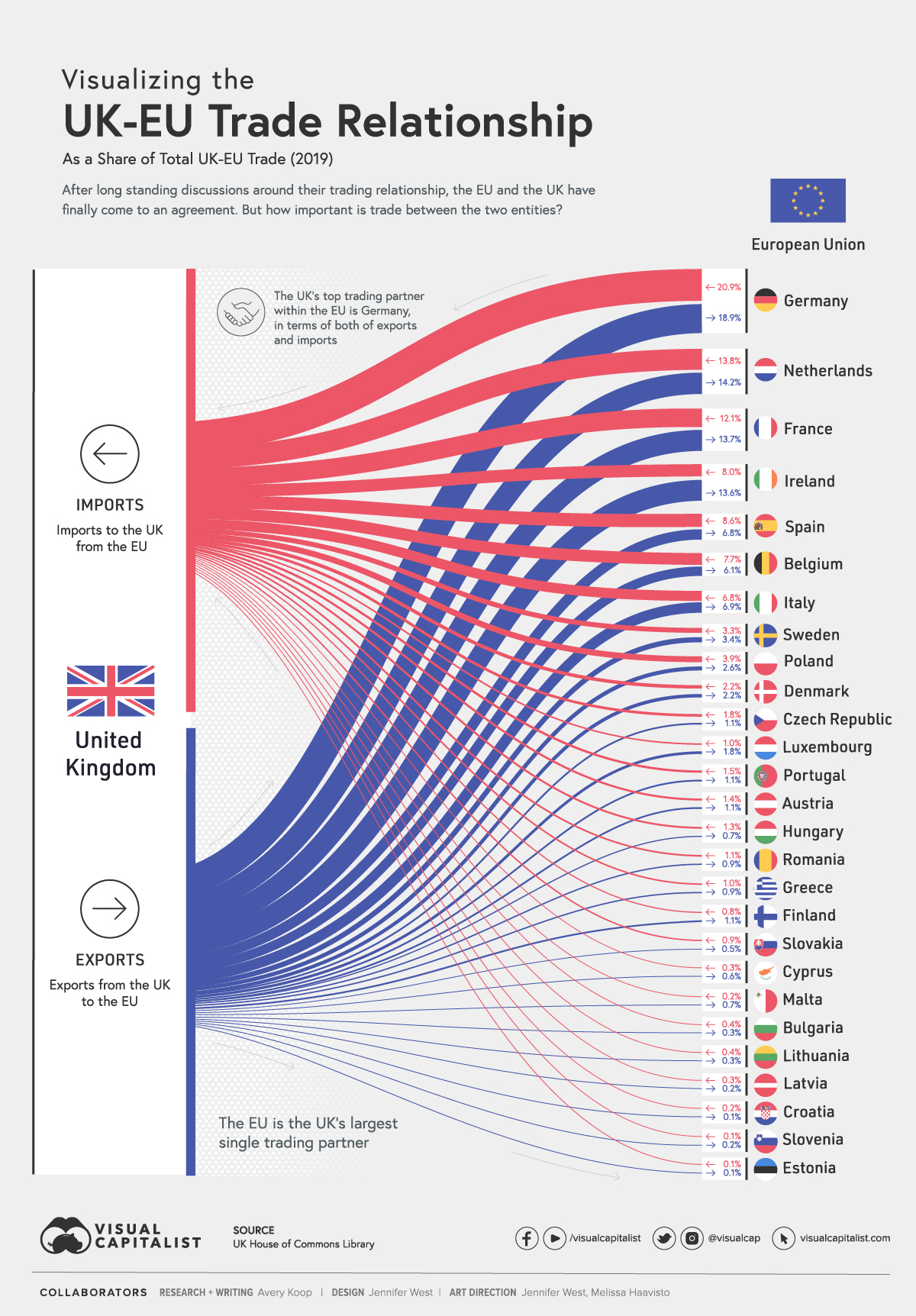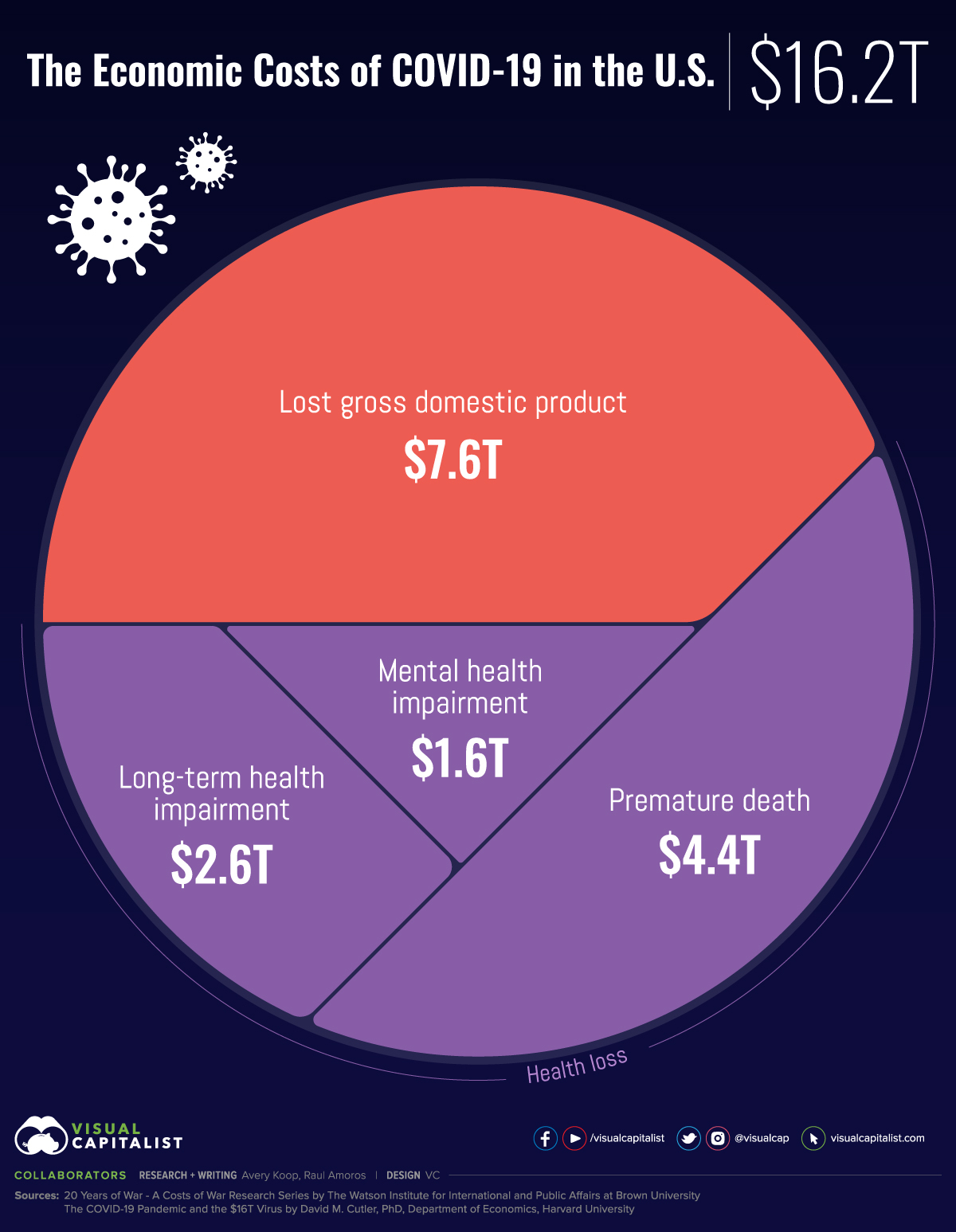The way we study things in generally experimental sciences is to make multiple observations of the same thing under controlled conditions.
The way we study things in generally non-experimental social sciences is to make multiple observations of things we presume might be the same, and then make sure we have all the other variables that might change that included in our analysis.
The problem with doing this with recessions is ... they're often very different from the preceding one, and often from the whole set of about 40 recessions that we know of, going back in the U.S. to 1820.
Take the example of the current pandemic/lockdown recession. It's an even 100 years since we had a pandemic during a recessions. And, no country on Earth ever locked down anything before they all pretty much decided to just that late last winter.
Anyway, let's take a look at the labor market to get a sense of how different it is. The two graphs come from the Bureau of Labor Statistics website, which has nice tools for finding and charting data.
First up, here's the unemployment rate. This only goes back to 1948, so it missed the Great Depression, which would be not just off the chart, but probably 2 additional blocks up at 25%.
Even so, we can see how the ongoing recession is different: the peak rate is higher, while always steeper on the LHS this one is even steeper, and while it may not continue this way all the way down, it looks like the descent is faster than in earlier recessions.
Even stranger is the labor force participation rate:
Generally, it's fairly hard to spot recessions in the labor force participation rate.
Digression: this data is often interpreted incorrectly, and this is as good a time as any to explain. Notice that the hump is roughly symmetrical from about halfway up on the left (around 1980), to around 2015 on the right. Casual observers are inclined to say that the labor force participation rate went up, almost exclusively, because of women entering the workforce. That isn't the case: that was more of a smooth rise up until about 2000 — it does little to explain the hump. Instead the hump is likely from baby boomers being in the labor force during their prime years.
Anyway, it's fair to say from this chart that labor force participation has also behaved unusually in the pandemic/lockdown recession.
Looking at the raw numbers may help.
Year
and
month | Civilian
noninsti-
tutional
population | Civilian labor force | Not
in
labor
force |
|---|
| Number |
Percent
of
population |
Employed |
Unemployed |
| Number |
Percent
of
population |
Number |
Percent
of
labor
force |
1986 |
180,587 |
117,834 |
65.3 |
109,597 |
60.7 |
8,237 |
7.0 |
62,752 |
1987 |
182,753 |
119,865 |
65.6 |
112,440 |
61.5 |
7,425 |
6.2 |
62,888 |
1988 |
184,613 |
121,669 |
65.9 |
114,968 |
62.3 |
6,701 |
5.5 |
62,944 |
1989 |
186,393 |
123,869 |
66.5 |
117,342 |
63.0 |
6,528 |
5.3 |
62,523 |
1990 |
189,164 |
125,840 |
66.5 |
118,793 |
62.8 |
7,047 |
5.6 |
63,324 |
1991 |
190,925 |
126,346 |
66.2 |
117,718 |
61.7 |
8,628 |
6.8 |
64,578 |
1992 |
192,805 |
128,105 |
66.4 |
118,492 |
61.5 |
9,613 |
7.5 |
64,700 |
1993 |
194,838 |
129,200 |
66.3 |
120,259 |
61.7 |
8,940 |
6.9 |
65,638 |
1994 |
196,814 |
131,056 |
66.6 |
123,060 |
62.5 |
7,996 |
6.1 |
65,758 |
1995 |
198,584 |
132,304 |
66.6 |
124,900 |
62.9 |
7,404 |
5.6 |
66,280 |
1996 |
200,591 |
133,943 |
66.8 |
126,708 |
63.2 |
7,236 |
5.4 |
66,647 |
1997 |
203,133 |
136,297 |
67.1 |
129,558 |
63.8 |
6,739 |
4.9 |
66,837 |
1998 |
205,220 |
137,673 |
67.1 |
131,463 |
64.1 |
6,210 |
4.5 |
67,547 |
1999 |
207,753 |
139,368 |
67.1 |
133,488 |
64.3 |
5,880 |
4.2 |
68,385 |
2000 |
212,577 |
142,583 |
67.1 |
136,891 |
64.4 |
5,692 |
4.0 |
69,994 |
2001 |
215,092 |
143,734 |
66.8 |
136,933 |
63.7 |
6,801 |
4.7 |
71,359 |
2002 |
217,570 |
144,863 |
66.6 |
136,485 |
62.7 |
8,378 |
5.8 |
72,707 |
2003 |
221,168 |
146,510 |
66.2 |
137,736 |
62.3 |
8,774 |
6.0 |
74,658 |
2004 |
223,357 |
147,401 |
66.0 |
139,252 |
62.3 |
8,149 |
5.5 |
75,956 |
2005 |
226,082 |
149,320 |
66.0 |
141,730 |
62.7 |
7,591 |
5.1 |
76,762 |
2006 |
228,815 |
151,428 |
66.2 |
144,427 |
63.1 |
7,001 |
4.6 |
77,387 |
2007 |
231,867 |
153,124 |
66.0 |
146,047 |
63.0 |
7,078 |
4.6 |
78,743 |
2008 |
233,788 |
154,287 |
66.0 |
145,362 |
62.2 |
8,924 |
5.8 |
79,501 |
2009 |
235,801 |
154,142 |
65.4 |
139,877 |
59.3 |
14,265 |
9.3 |
81,659 |
2010 |
237,830 |
153,889 |
64.7 |
139,064 |
58.5 |
14,825 |
9.6 |
83,941 |
2011 |
239,618 |
153,617 |
64.1 |
139,869 |
58.4 |
13,747 |
8.9 |
86,001 |
2012 |
243,284 |
154,975 |
63.7 |
142,469 |
58.6 |
12,506 |
8.1 |
88,310 |
2013 |
245,679 |
155,389 |
63.2 |
143,929 |
58.6 |
11,460 |
7.4 |
90,290 |
2014 |
247,947 |
155,922 |
62.9 |
146,305 |
59.0 |
9,617 |
6.2 |
92,025 |
2015 |
250,801 |
157,130 |
62.7 |
148,834 |
59.3 |
8,296 |
5.3 |
93,671 |
2016 |
253,538 |
159,187 |
62.8 |
151,436 |
59.7 |
7,751 |
4.9 |
94,351 |
2017 |
255,079 |
160,320 |
62.9 |
153,337 |
60.1 |
6,982 |
4.4 |
94,759 |
2018 |
257,791 |
162,075 |
62.9 |
155,761 |
60.4 |
6,314 |
3.9 |
95,716 |
2019 |
259,175 |
163,539 |
63.1 |
157,538 |
60.8 |
6,001 |
3.7 |
95,636 |
2020 |
260,329 |
160,742 |
61.7 |
147,795 |
56.8 |
12,947 |
8.1 |
99,587 |
Monthly data, seasonally adjusted |
|
2020 |
|
January |
259,502 |
164,455 |
63.4 |
158,659 |
61.1 |
5,796 |
3.5 |
95,047 |
February |
259,628 |
164,448 |
63.3 |
158,732 |
61.1 |
5,717 |
3.5 |
95,180 |
March |
259,758 |
162,721 |
62.6 |
155,536 |
59.9 |
7,185 |
4.4 |
97,037 |
April |
259,896 |
156,478 |
60.2 |
133,370 |
51.3 |
23,109 |
14.8 |
103,418 |
May |
260,047 |
158,200 |
60.8 |
137,224 |
52.8 |
20,975 |
13.3 |
101,847 |
June |
260,204 |
159,797 |
61.4 |
142,100 |
54.6 |
17,697 |
11.1 |
100,407 |
July |
260,373 |
160,085 |
61.5 |
143,777 |
55.2 |
16,308 |
10.2 |
100,288 |
August |
260,558 |
160,818 |
61.7 |
147,276 |
56.5 |
13,542 |
8.4 |
99,740 |
September |
260,742 |
160,078 |
61.4 |
147,543 |
56.6 |
12,535 |
7.8 |
100,664 |
October |
260,925 |
160,718 |
61.6 |
149,669 |
57.4 |
11,049 |
6.9 |
100,207 |
November |
261,085 |
160,536 |
61.5 |
149,809 |
57.4 |
10,728 |
6.7 |
100,548 |
December |
261,230 |
160,567 |
61.5 |
149,830 |
57.4 |
10,736 |
6.7 |
100,663 |
2021 |
|
January |
260,851 |
160,161 |
61.4 |
150,031 |
57.5 |
10,130 |
6.3 |
100,690 |
|
NOTE: Revisions to population controls and other changes can affect
the comparability of labor force levels over time. In recent years,
updated population controls have been introduced annually with the
release of January data. Additional information is online at
https://www.bls.gov/cps/documentation.htm#pop.
|
I think it's fair to assume that we were at full employment in January 2019. Using that as a baseline, it's fair to say that unemployment is up by about 4.3 million people.
Given the scale of the numbers, population growth contributes a little to that, but can probably be safely ignored. For example, if population grows by about 0.5%/year (as shown in the leftmost column), each column in the table should go up by about that rate, and for unemployment that might contribute 0.1 (rounded up) to the 4.3 million increase.
For the employed, we are off about 8.6 million. But, from above, only half of those are unemployed. Where did the rest go? They are picked up in the decline in the labor force by 4.3 million.
Note that for the employed and the labor force that the population increase of 1.3 million will make more of a difference. Doing a rough distribution, I'd say that 1.2 million should have gone into employment (meaning the announced number is down more than it looks), 0.1 into unemployment, and 1.3 into the labor force. So, adjusting a little gets the labor force down by 5.6M, employment down by 9.8M, and unemployment up by 4.2M.
Recall how people can be outside the labor force, but still in the civilian non-institutional population: they do not have a job and they are not looking. Further, if they all were looking, unemployment would be up to about 15.7M or a rate of 9.5%. That should put things in perspective that we are in pretty bad shape: it's comparable to the two highest peaks in the unemployment rate in the top chart.
From my longer perspective, I'll tell you that this is something the Democrats have always worried about in recessions, but which never really showed up in the data very seriously: people not interested in being employed. Now we have that, so it's important not to judge this recession by just its unemployment rate.
It also means that as far as policy goes, we also shouldn't be excessively focused on the unemployed. Yes, we have a lot of them, and many deserve help from policy. But, since past recessions had far fewer people dropping out of the labor force, it's not clear that existing policies or off-the-shelf proposals are going to be focused on the right people.









